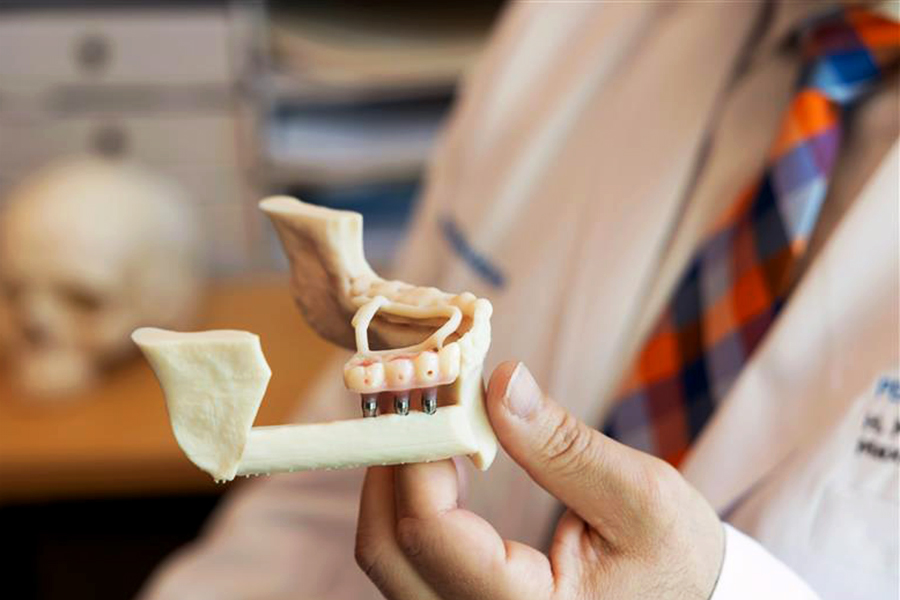We sat down with Dr. Heinlein to learn more about this benign growth and the leading-edge treatments Kaiser Permanente Northern California provides.
What are fibroids?
Fibroids are benign, rubbery balls of tissue that form in the wall of the uterus. It’s the most common type of noncancerous tumor of the uterus, and they can range in size from a pea to a basketball.
Why do they occur and who’s mainly at risk?
We don’t really understand why they occur. But the condition does seem to be more common in African-American women. There’s also a familial relationship. You’re more likely to develop one if your mother or sister has one. Early puberty is also associated, as is the use of oral contraceptives before the age of 16.
What are the symptoms?
Many women don’t experience any symptoms. They often find out they have a fibroid through a routine exam or by chance with an imaging study done for another reason.
The main symptoms that women might have include abnormal uterine bleeding, pelvic pressure, or pain. Some women also might experience discomfort during intercourse or difficulty urinating.
In some cases, if a fibroid grows inside the uterus, a woman might have a hard time getting pregnant.
How are fibroids diagnosed?
Usually through a pelvic exam. If the uterus feels enlarged or irregular, the next step is to do both a transvaginal and abdominal ultrasound.
How are they treated?
At Kaiser Permanente, we provide our patients with symptom-directed therapy for fibroids. Meaning, if a patient doesn’t have any symptoms, there is no need to do anything. If a patient does have symptoms — either bleeding, pressure, or pain — there are several treatment options available, and we provide counsel to see what makes sense for the patient and her stage in life.
If a patient wants to conceive, minimally invasive procedures, such as hysteroscopic or laparoscopic removal of the fibroids, can help.
If a patient doesn’t want to get pregnant, and the fibroid is causing bleeding, we can try non-hormonal medications, such as ibuprofen, or hormonal medications, such as birth control pills, a progesterone-containing IUD, or endometrial ablation.
If a patient is approaching menopause, and her symptoms are not too bothersome, she may elect to simply wait because fibroids will usually shrink during menopause. Uterine artery embolization is also an option and has been shown to shrink fibroids to 50 percent of their volume.
Lastly, if the above treatments aren’t successful, patients can elect to have a hysterectomy. Kaiser Permanente Northern California has a 95 percent rate of performing minimally invasive hysterectomies — that’s the highest in the world. Outside of Kaiser Permanente Northern California, women usually have only a 60 percent chance of having a minimally invasive hysterectomy.
Can fibroids be prevented?
A healthy body weight and a diet rich in fruits, vegetables and low-fat dairy products are associated with a reduced risk. Studies also show that the more children you have, the less likely you are to develop a fibroid.
What interests you most about fibroids?
Not too long ago, a hysterectomy used to be the only way to treat fibroids. Now we have a variety of minimally invasive options for women. The way we treat fibroids is a perfect example of how Kaiser Permanente Northern California strives to provide symptom-directed therapy to our patients before jumping to hysterectomy — and I’m proud to be a part of that.
Learn more about fibroids.
This article originally appeared in Inside KP






